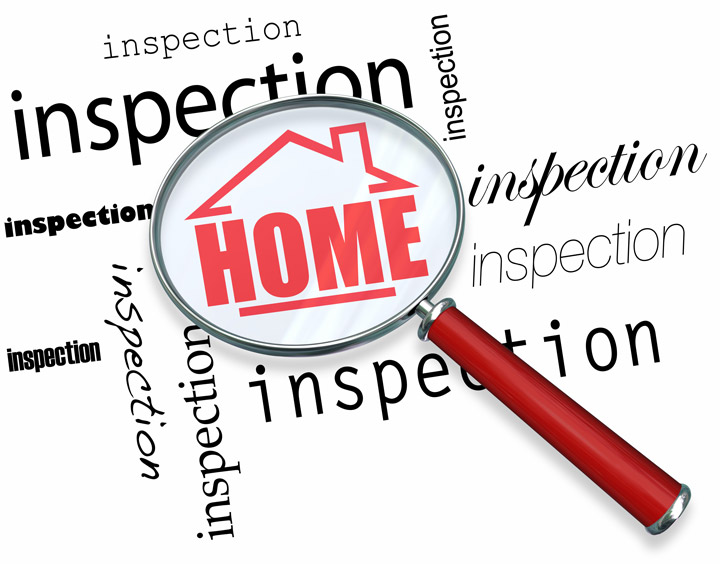
Making Sense of the Appraisal ProcessTheir home's purchase can be the most important financial decision some people may ever make. It doesn't matter if a primary residence, an additional vacation property or an investment, purchasing real property is a complex financial transaction that requires multiple parties to pull it all off. You're likely to be familiar with the parties having a role in the transaction. The most known face in the exchange is the real estate agent. Then, the lender provides the financial capital necessary to finance the exchange. And ensuring all requirements of the sale are completed and that a clear title transfers from the seller to the purchaser is the title company. So, what party makes sure the value of the real estate is consistent with the amount being paid? In comes the appraiser. We provide an unbiased opinion of what a buyer might expect to pay — or a seller receive — for a parcel of real estate, where both buyer and seller are informed parties. A licensed, certified, professional appraiser from CMA Appraisals will ensure, you as an interested party, are informed. The inspection is where an appraisal startsTo determine the true status of the property, it's our responsibility to first perform a thorough inspection. We must physically see aspects of the property, such as the number of bedrooms and bathrooms, the location, living areas, etc, to ensure they indeed are present and are in the condition a reasonable buyer would expect them to be. To make sure the stated size of the property is accurate and describe the layout of the property, the inspection often entails creating a sketch of the floorplan. Most importantly, the appraiser looks for any obvious amenities - or defects - that would have an impact on the value of the property. Following the inspection, an appraiser uses two or three approaches to determining the value of real property: paired sales analysis and, in the case of a rental property, an income approach. 
Cost ApproachThis is where the appraiser pulls information on local construction costs, the cost of labor and other elements to derive how much it would cost to build a property comparable to the one being appraised. This figure usually sets the upper limit on what a property would sell for. The cost approach is also the least used predictor of value. 
Analyzing Comparable SalesAppraisers become very familiar with the subdivisions in which they work. They thoroughly understand the value of specific features to the homeowners of that area. Then, the appraiser looks up recent transactions in the vicinity and finds properties which are 'comparable' to the real estate being appraised. Using knowledge of the value of certain items such as upgraded appliances, additional bathrooms, additional living area, quality of construction, lot size, we adjust the comparable properties so that they are more accurately in line with the features of subject property.
After all differences have been accounted for, the appraiser reconciles the adjusted sales prices of all the comps and then derives an opinion of what the subject could sell for. At CMA Appraisals, we are experts in knowing the value of particular items in Kyle and Hays County neighborhoods. This approach to value is commonly given the most importance when an appraisal is for a real estate purchase. Valuation Using the Income ApproachA third method of valuing a property is sometimes used when an area has a reasonable number of renter occupied properties. In this situation, the amount of revenue the property produces is factored in with income produced by similar properties to derive the current value. Arriving at a Value ConclusionAnalyzing the data from all approaches, the appraiser is then ready to put down an estimated market value for the subject property. The estimate of value on the appraisal report is not necessarily the final sales price even though it is likely the best indication of what a property is worth. There are always mitigating factors such as the seller's desire to get out of the property, urgency or 'bidding wars' that may adjust the final price up or down. Regardless, the appraised value is typically employed as a guideline for lenders who don't want to loan a buyer more money than the property is actually worth. At the end of the day, an appraiser from CMA Appraisals will guarantee you attain the most fair and balanced property value, so you can make wise real estate decisions. |